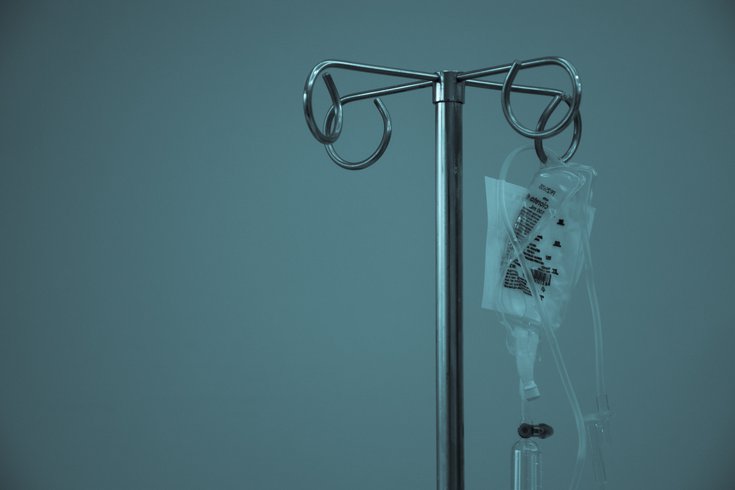
June 29, 2021
 Marcelo Leal/Unsplash
Marcelo Leal/Unsplash
Most patients with sepsis require hospitalization in an intensive care unit. In the most extreme cases, patients go into septic shock where their blood pressure drops dangerously low, leading to organ failure and even death.
Almost 270,000 people die every year from sepsis – a common complication that develops when an infection spreads to other parts of the body.
Most of these deaths can be prevented though with early diagnosis and treatment, according to the Centers for Disease Control and Prevention.
Sepsis basically occurs when the body's immune system sets off a toxic reaction to an infection. Every year in the U.S. more than 1.5 million people develop sepsis. It is most common in older adults and people with weakened immune systems and chronic diseases.
The CDC says it's important to prevent infections from the start by practicing good hygiene and staying up-to-date on immunizations. So is recognizing when an infection is getting worse so you can get treated fast.
While any type of infection can lead to sepsis, the Mayo Clinic says it is more commonly associated with infections of the lungs, urinary system, digestive system, bloodstream, wounds and catheter sites.
Symptoms of sepsis include confusion or disorientation, shortness of breath, rapid heart beat, fever, extreme pain and clammy skin.
Sepsis Alliance uses the acronym T-I-M-E to help people remember the symptoms.
T – higher or lower than normal temperature
I – infection
M – mental decline (the person is confused and sleepy)
E – extremely ill (the person is in severe pain or discomfort, struggling to breathe)
When not properly treated, severe sepsis can develop. This is when organs start to dysfunction including the lungs, kidneys and liver. Some patients also have complications in the brain.
Most patients with sepsis require hospitalization in an intensive care unit. In the most extreme cases, patients go into septic shock, where their blood pressure drops dangerously low leading to organ failure and even death.
There is still no cure for sepsis. Research to understand what causes it is ongoing, though. A recent study by researchers at the New York University Grossman School of Medicine uncovered one piece of the puzzle. They found that a connective tissue protein which supports the framework of organs, when broken down by damage or disease, may contribute to the overreactive inflammatory response in sepsis.